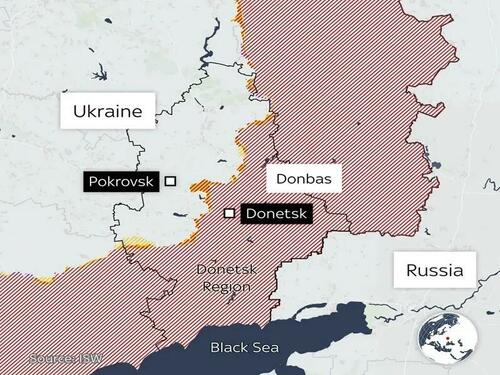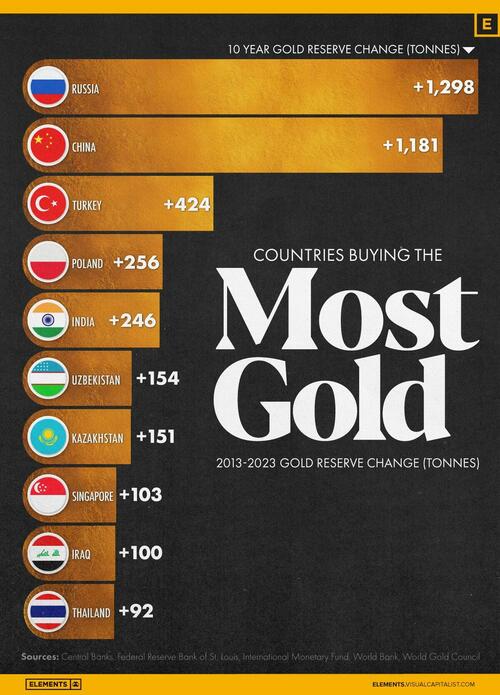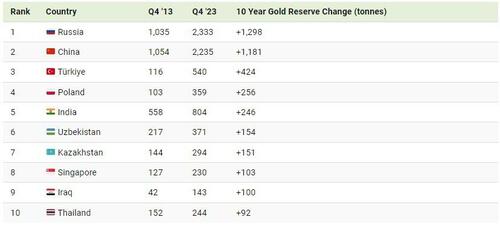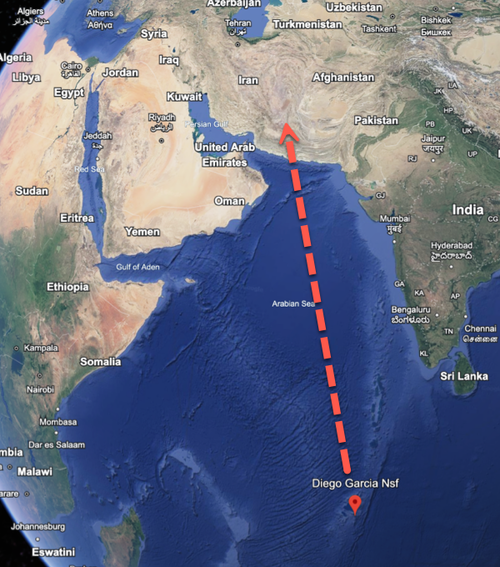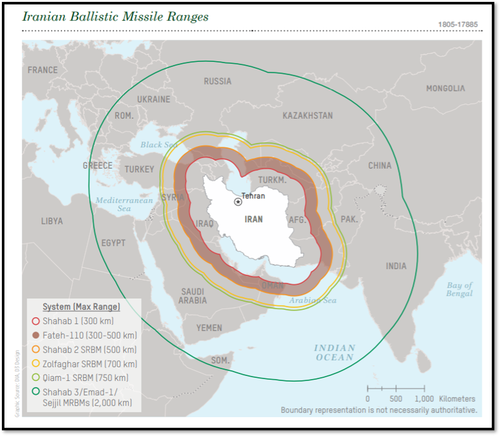Russia’s Capture Of Pokrovsk Could Reshape The Conflict’s Dynamics
Authored by Andrew Korybko via Substack,
Ukrainian officials have urged locals in and around the town of Pokrovsk to evacuate within the next two weeks as Russian forces rapidly approach this pivotal military logistics hub.
The head of neighboring Mirnograd’s military administration bluntly said:
“Don’t wait. It will not get better, it will only get worse. Leave”, and then admitted that “The enemy is advancing faster than expected.”
The Associated Press cited local commanders who blamed Russia’s swift gains on their side’s poorly trained conscripts.
One of them claimed that “Some people don’t want to shoot. They see the enemy in the firing position in trenches but don’t open fire. … That is why our men are dying…They don’t receive even the lowest standard of training required for our (combat) actions.” An unnamed soldier also lamented that “The main problem is the survival instinct of newcomers. Before, people could stand until the last moment to hold the position. Now, even when there is light shelling of firing positions, they are retreating.”
The poor quality of Ukraine’s recruits casts doubt on whether the whopping 120,000 troops that Belarusian President Lukashenko claimed had been deployed along his border could make much of a difference if some of them are sent to Donbass out of desperation to halt Russia’s advance. They’d more than likely participate in “meat waves” like those before them did in Artyomovsk/Bakhmut and Avdeevka, and just like their predecessors, they’re also destined to sacrifice themselves in vain.
Russia’s capture of Pokrovsk, however long it might take, could reshape the conflict’s dynamics due to this town’s strategic significance for Ukraine’s military logistics. Beyond it are just a few lightly defended towns and then vast expanses of grassland that could become the scene of maneuver warfare. Ukraine’s US-backed invasion of Kursk reminded observers that maneuver warfare isn’t dead like some had earlier claimed, and it might soon make a major comeback in the fields past Pokrovsk.
Ukraine’s successes in Kharkov, Kherson, and most recently Kursk over the past two and a half years were the result of missteps on Russia’s part, not examples of Ukrainian “military genius” like its supporters in the media misportrayed them as. It either exploited overstretched and undermanned supply chains in the first two cases or took advantage of a poorly defended border in the second. None of these three precedents suggests that Ukraine is capable of beating Russia head-to-head at maneuver warfare.
It’s therefore possible that Russia could quickly capture broad swaths of Donbass once maneuver warfare begins to be fought along that front upon its capture of Pokrovsk, which could then improve its position for assaulting the heavily defended Kramatorsk-Slavyansk agglomeration in northern Donbass. In that event, Russia might also take advantage of its post-Pokrovsk maneuver warfare successes (assuming that they’re achieved as expected) to branch out in other directions.
Capturing Pokrovsk would enable Russia to move north into southern Kharkov, west into eastern Dnipro (neither of which it has any territorial claims to), and southwest into Zaporozhye (all of which it claims). Opening up a third front in Kharkov to complement the northern and eastern ones from Belgorod and Lugansk could be seen as revenge for Kursk as could opening one in Dnipro. The Kharkov vector could also help cut off supply lines to Kramatorsk-Slavyansk and thus facilitate the full capture of Donbass.
Moving into southeastern Dnipro could be a shortcut for launching operations in northern Zaporozhye so it also can’t be discounted due to the possibility that this could lead to a siege of the latter’s namesake administrative center. Observers can only speculate which vector(s) Russia would move into after Pokrovsk and when that might be, but the point is that maneuver warfare might play a large role in its forthcoming operations after that tow is captured.
Ukraine’s poorly trained conscripts and its lightly defended towns beyond Pokrovsk increase the odds of a partial Russian military breakthrough up to the next heavily defended localities further afield, and this could result in serious changes to the way in which Ukraine fights this conflict. It could either stay the course by doubling down on Kursk (and potentially opening new fronts in Belarus and/or Russia’s other border regions) at the expense of Donbass or decisively shift back to the latter at the former’s expense.
Either way, it’ll be forced into a dilemma, especially if Russia opens up new fronts in Kharkov and/or Dnipro in parallel with putting maximum pressure upon Donbass’ Kramatorsk-Slovyansk. Ukraine thus stands to lose more ground, or it could explore whether Russia would be willing to swap whatever Kiev controls in Kursk for whatever Moscow controls in Kharkov (and possibly also Dnipro by then). The possibility also exists that Ukraine could become hellbent on crossing Russia’s non-negotiable red lines.
About that, this could take the form of a nuclear provocation (such as that which could be caused by a crippling attack against its nuclear power plants or spent nuclear fuel storage sites there), a high-level assassination, or a terrorist attack even worse than the recent Crocus one. The purpose would be to provoke Russia into using nuclear weapons just like Lukashenko warned last week that Kiev wants to do, which could then serve as the tripwire for a conventional NATO intervention in Ukraine’s support.
All told, Russia’s capture of Pokrovsk might still take a while since Kiev could decide to turn this town into the next Artyomovsk, but the conflict’s dynamics will likely be reshaped once that happens if Russia can employ maneuver warfare against the lightly defended towns in the fields beyond. Any subsequent breakthrough would force Ukraine into the dilemma of prioritizing some fronts and the expense of others, but it might try to cut the Gordian knot through a series of swaps or escalations instead.
It’s anyone’s guess what it would do in that scenario, but those are the three most likely options: sacrifice one front to save another; swap land with Russia; or try crossing Russia’s non-negotiable red lines as part of a dangerous gamble to “escalate to de-escalate” up to the brink of provoking World War III. In any case, all eyes will be on Pokrovsk as Russia inches towards this pivotal military logistics hub and inevitably begins battling for control of it, so everyone will eventually see what Kiev ultimately does.
Tyler Durden
Sat, 08/24/2024 – 07:00
via ZeroHedge News https://ift.tt/4PwszIb Tyler Durden
